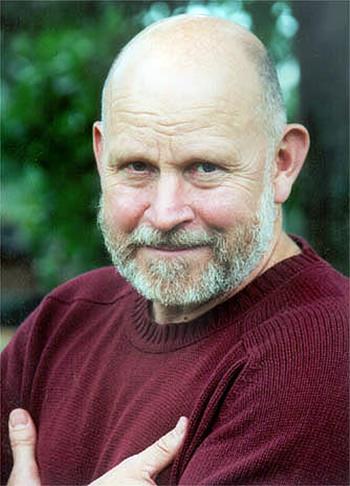
Right then, let’s begin with a quiz question to test your geographical awareness. Can you name the nine countries that have a coastline on the Baltic Sea? Close your eyes and don’t cheat. To be honest I wasn’t entirely sure until I ferreted out a map of Europe yesterday morning. If you were to swim around the Baltic coast from the south-west in a clockwise direction, you’d splash your way past the coastlines of Sweden, Finland, Russia, Estonia, Latvia, Lithuania, Poland, Germany and Denmark. The swim would be over five thousand miles so you’d certainly shed a few pounds in the process. (Incidentally, there’s no charge for this helpful slimming tip.)
The Danish, Dutch, German, Norwegian and Swedish names for the Baltic translate as the “eastern sea” whereas in Estonian the name translates as the “western sea”. This perhaps is hardly surprising given the relative positions of the countries. But then the Finns insist on calling it the “eastern sea” even though the Baltic is actually west of Finland. It’s all a bit confusing, possibly for them too.
My current interest in the Baltic is because 18th November is Latvia’s National Day. The Republic of Latvia – to give the country its full name – was founded on this date in 1918. Unfortunately, independence was somewhat short-lived because in 1940 the country was forcibly drawn into the Soviet Union; it was occupied by Nazi Germany in 1941 and then re-occupied by the Soviet Union in 1944. The peaceful “Singing Revolution” began in the late 1980s and called for Baltic emancipation which eventually led to the restoration of independence in 1991.
The Singing Revolution was an extraordinary series of events which occurred not only in Latvia but also in Estonia and Lithuania. If you’re interested, you can find all about it online but it demonstrated the enormous political power of music. Choral traditions have always been strong in Latvia. There are many professional choirs and thousands of Latvians take part in amateur choral groups. Every five years the Latvian National Song and Dance Festival involves around twenty thousand singers.
Peteris Vasks (b. 1946): The Fruit of Silence. Latvian Radio Choir, Riga Sinfonietta cond. Sigvards Kïava (Duration: 09:05; Video 480p)
One of Latvia’s professional choirs is The Latvian Radio Choir which celebrated its seventy-fifth anniversary last year. It has always had a close collaboration with Latvian composers, one of whom is Peteris Vasks – often associated with his country’s struggle for independence. He was born into the family of a Baptist pastor and later trained as a violinist. He eventually switched to double bass and studied at the Lithuanian Academy of Music and Theatre.
Although his early composing style was influenced by the music of Lutos³awski, Penderecki and the American composer George Crumb, his later writing has become deeply rooted in the rich folk tradition of Latvia which dates back over a thousand years. His works are clear and communicative, with a sense of harmony and a hint of minimalism. He’s written a large amount of choral and orchestral music along with three symphonies and five string quartets.
This remarkably beautiful work dates from 2013 and it’s a profoundly spiritual setting of a text by Mother Theresa. The fruit of silence is prayer. The fruit of prayer is faith. The fruit of faith is love. The fruit of love is service. The fruit of service is peace.
Imants Kalniòs (b. 1941): Symphony No. 4 “Rock Symphony”. Baltic Sea Youth Philharmonic cond. Kristjan Jarvi (Duration: 11.37; Video: 1080p HD)
There couldn’t be a starker contrast between The Fruit of Silence and the first movement of the Imants Kalniòs Rock Symphony. Considered one of today’s most important Latvian composers, he’s already written oratorios, cantatas, choral works, film music, several operas and six symphonies. Unusually for a “classical” composer he’s best known for his pop-style songs. During the 1960s, Kalniòs led the rock band 2xBBM which became hugely popular in Latvia. Kalnins returned to writing symphonic music in the 1970s but still made occasional forays into popular music writing songs for Latvian rock bands.
The Rock Symphony was composed in 1972. It’s in four movements and you can find the complete work – as well as the entire concert – on YouTube. The first movement (performed here) makes a special feature of the percussion section and the music begins quietly, building up through a long crescendo to the several exciting climaxes. It’s relentlessly minimalistic and repetitive but has superb orchestration and a driving sense of rhythm.
Each year, the finest young musicians are chosen from the Baltic States to form the Baltic Sea Youth Philharmonic. Guided by its founder and Music Director Kristjan Jarvi, the orchestra undertakes regular international tours. This captivating performance was part of a concert given at Théâtre des Champs-Élysées in Paris. This venerable building hosted the world première of Stravinsky’s Rite of Spring in 1913 and thus has the dubious honour of being the scene of a famous classical music riot.
 |
 |
 |





